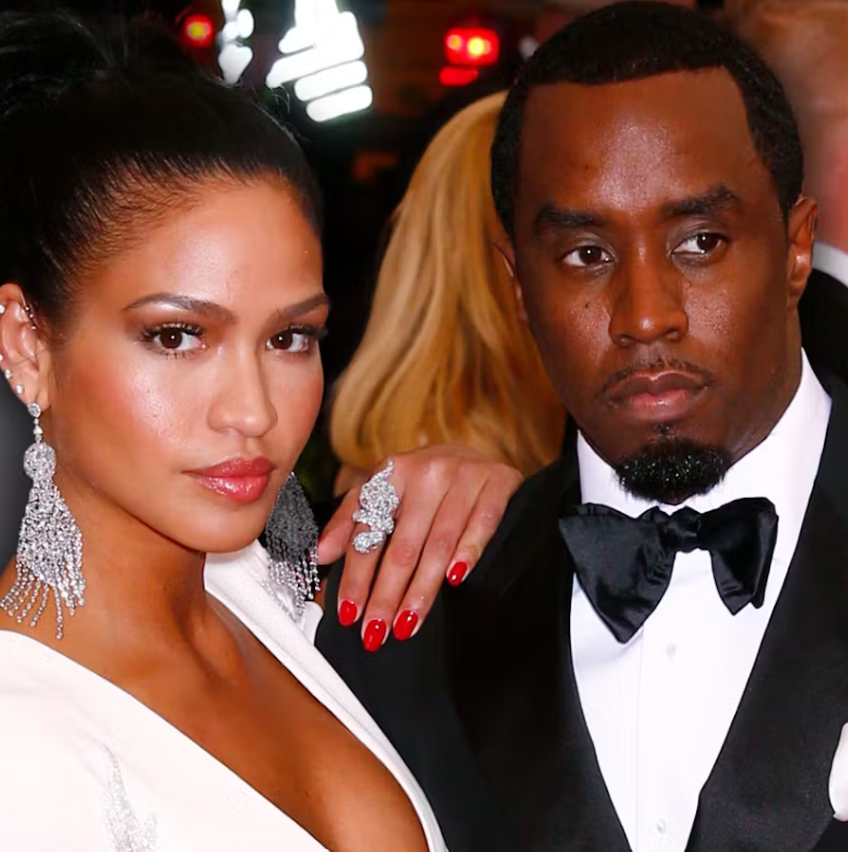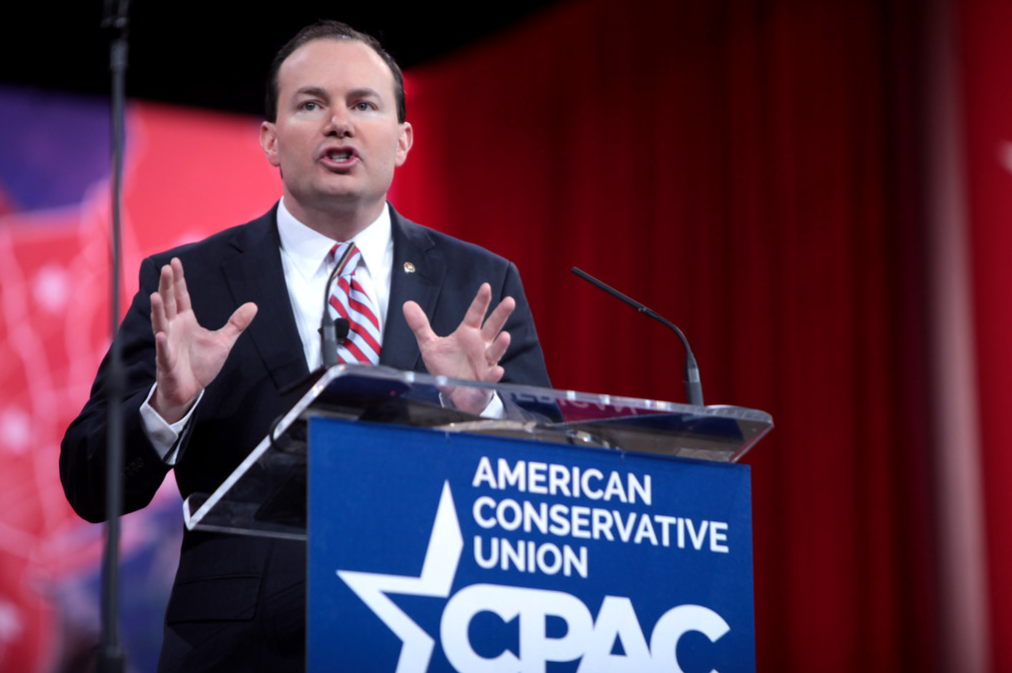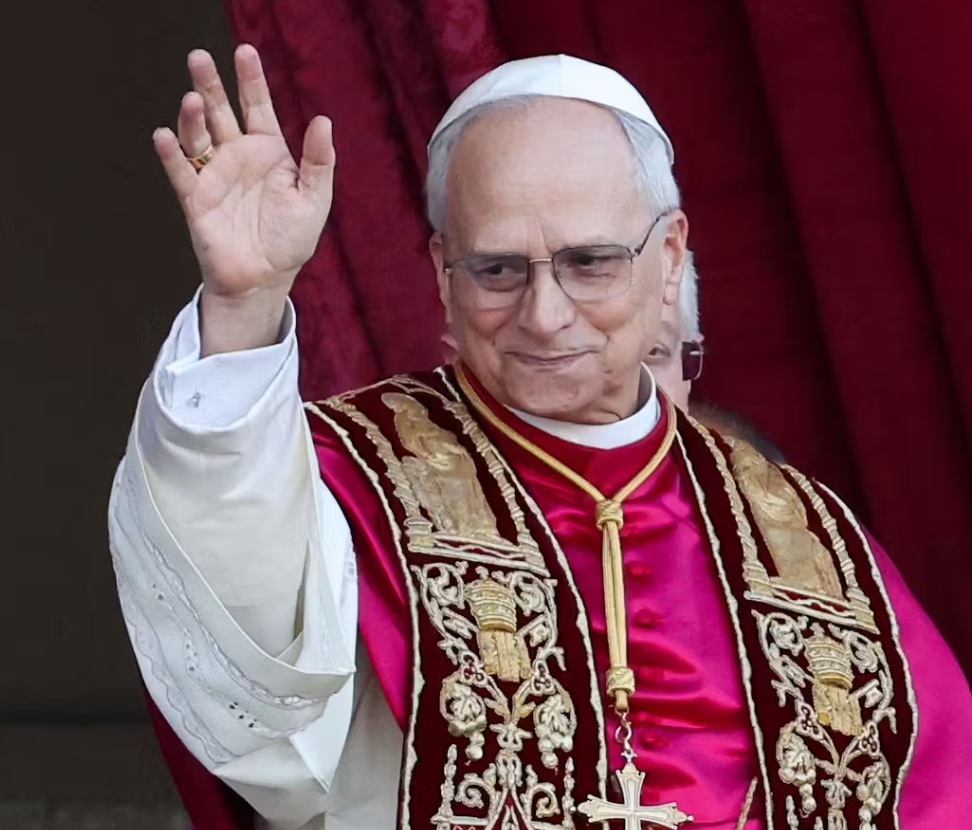On a significant day in the British royal calendar, King Charles III made notable appointments within the royal family, signaling new roles for key members, including Kate Middleton, Prince William, and Queen Camilla. These changes were announced on April 23, coinciding with the sixth birthday of Prince Louis, the son of the Prince and Princess of Wales.
Kate Middleton was appointed as the Royal Companion of the Order of the Companions of Honour, a prestigious recognition founded in 1917 by King George V. This order is reserved for individuals who have made significant contributions to the arts, sciences, medicine, and public service. Notably, Kate is the first Royal Companion named to this order, marking a historic first in the royal family’s history.
In addition to Kate’s appointment, her husband, Prince William, was named the Great Master of the Most Honourable Order of the Bath, a role previously held by King Charles from 1974 until his accession to the throne in 2022. This order, established by King George I in 1725, honors distinguished service by members of the military and civil service.

Queen Camilla received the title of Grand Master and First or Principal Dame Grand Cross of the Most Excellent Order of the British Empire. This order, also established in 1917 by King George V, is aimed at recognizing a broad array of contributions to British society, including both military and civilian services. The role of Grand Master has historically been held by the monarch’s spouse, further emphasizing the significance of Camilla’s new position.
The royal appointments extended beyond immediate family members, with the Duchess of Gloucester being named a Companion of the Order of the Garter. This makes her the first non-blood royal who wasn’t a spouse of the monarch or heir to receive this honor. The Order of the Garter is the oldest and most senior Order of Chivalry in the U.K., celebrated annually at Windsor Castle.
These appointments reflect a strategic alignment and reinforcement of the royal family’s roles under King Charles’s reign, emphasizing a blend of tradition and modernity in the recognition of service and duty to the United Kingdom.




